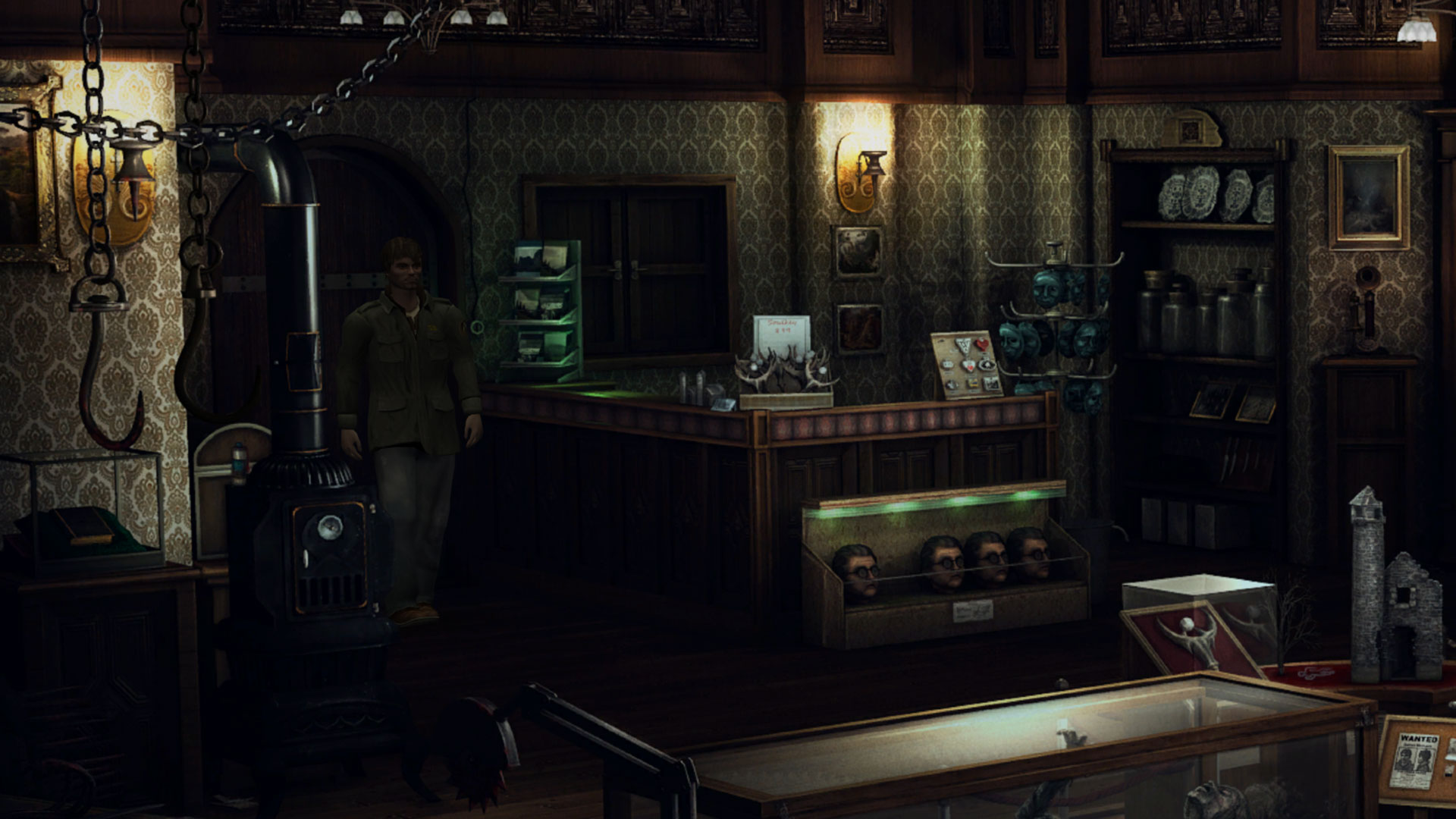
Even rarer for an episode to marry technology with human sentiments like love and longing, as well as religious ones like belief in the afterlife. It’s rare that a Black Mirror episode is a feel-good one. The biggest lesson to learn from it: it’s NEVER okay to shame someone for kicks!

Inspired by the public backlash Brooker received after publishing a satirical article about George W Bush in the Guardian in 2004, unsavourily titled “ Lee Harvey Oswald, John Hinckley Jr - where are you now that we need you?”, this episode is a fast-paced, dark procedural that has a hint of Nordic noir: the two female lead investigators make for a refreshing pair of contrasts. The stakes are quickly raised when the detectives investigating the case realise that the real targets were not the publicly-denounced figures, but the nearly 4,00,000 people who used the #DeathTo hashtag online, anonymously trolling and playing their part in the deaths of the earlier victims. Mr Moral Vigilante unleashes the deadly ADIs on the publicly-chosen targets, and the ADIs “do the job” by burrowing into the brains of the victims. Thousands participate in the anonymous online trolling, using the #DeathTo hashtag to “sentence” the wrongdoers. A moral vigilante hacker is on a murderous spree he creates a #DeathTo hashtag for people who have done the opposite of endearing themselves to the online public. Hated in the Nation captures the essence of online trolling and internet bullying. This 90-minute season finale is the perfect “what if” episode: what if the honeybee population became extinct? What if Autonomous Drone Insects (ADIs) were created to replace them? What if, through advanced facial recognition software, the ADIs (which the government would covertly use for mass public surveillance, BTW) were used to kill disgraced people who received tremendous online hate? It’s a scary ride, and a heartbreaking one in the end. Instead, the focus is on the fragility that ties our thoughts, memories, and anxieties to real-world experiences by blurring the lines between real and fictional. Playtest doesn’t paint technology in a bad light, which works for it. An augmented reality (AR) game that draws on your memories would be unnerving for anyone it’s downright terrifying for someone struggling from Alzheimer’s-related anxiety. Cooper consents to have “something” injected in the back of his head what begins with a fun game of 3D Whack-a-Mole then leads to a trapped-in-a-haunted-house virtual horror experience that goes so far into the recesses of his brain that Cooper eventually loses his mind! What actually happens, how it unfolds, and the role technology plays, is quite interesting. He agrees to “playtest” a new, experimental game (it’s augmented reality, if we’re going to be pedantic about it) developed by a Japanese company specialising in horror games. Stuck in London due to a credit card mishap, he hooks up with a British girl Sonja, who convinces him to take up a gaming gig to earn some money. An unfrazzled attitude during a turbulent flight suggests that world traveler Cooper is a bonafide “cool guy”: we learn early on that he’s a video game aficionado who cared for his dad until his death (battling Alzheimer’s), before setting off on his travels. This episode opens with a montage of photographs of American backpacker Cooper (played by Wyatt Russell, the golden-haired son of Goldie Hawn and Kurt Russell) on his various trips.

Let’s usher the year-end rankings a bit early by listing our least-to-most favourite episodes of Black Mirror’s 3rd season. With six independent episodes, it doesn’t matter which order you view them in.

THE BLACK MIRROR 3 SERIES
Series creator Charlie Brooker stated that Black Mirror’s dark and satirical speculative fiction episodes are “all about the way we live now - and the way we might be living in 10 minutes’ time if we’re clumsy”. To be fair though, to say that technology is the villain on the show is not doing the show justice. Technology is the villain on 'Black Mirror' - but that's not the whole story


 0 kommentar(er)
0 kommentar(er)
